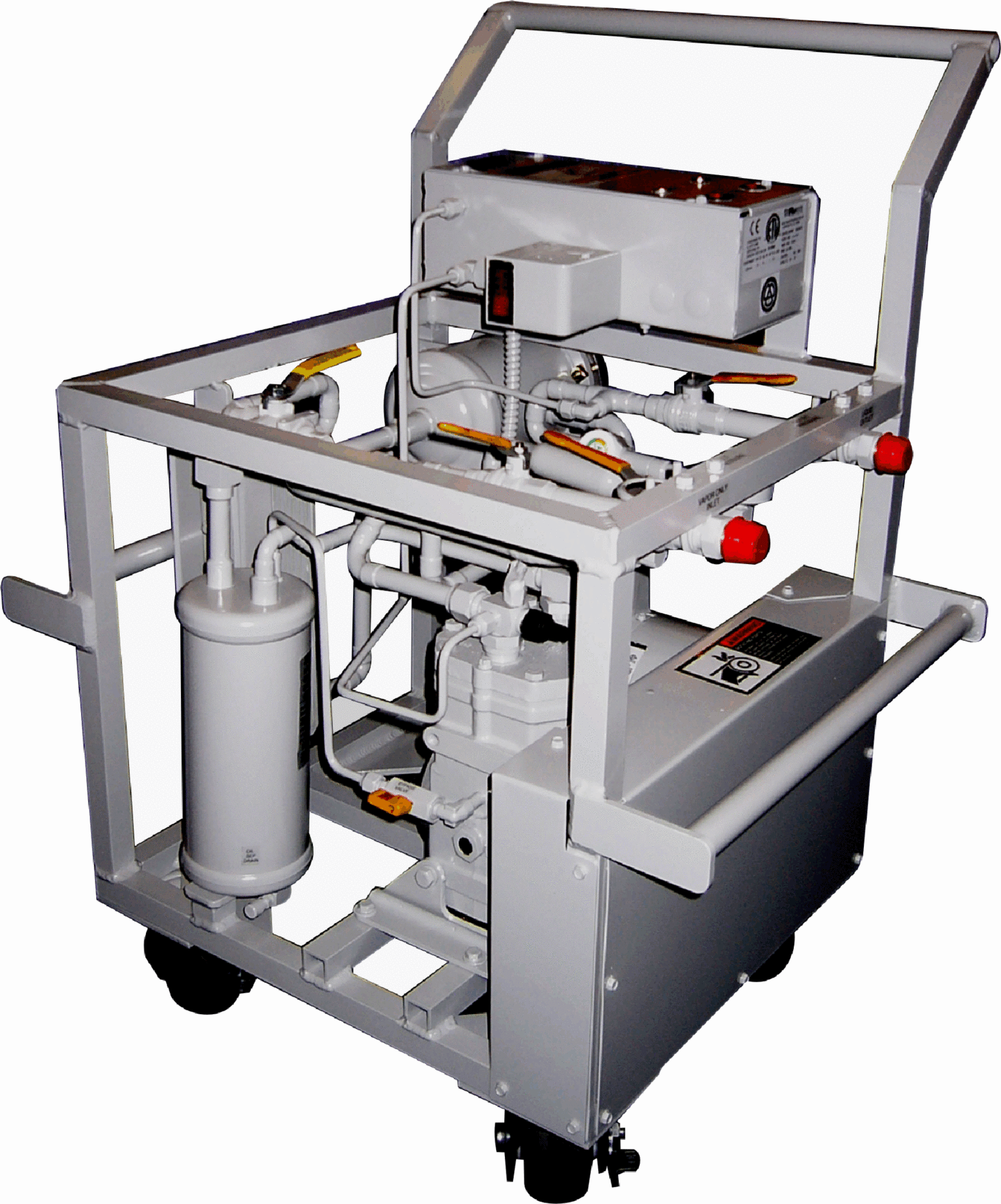Refrigerant Recovery Machines For HVAC
Refrigerant recovery machines for HVAC help technicians remove and replace air conditioning refrigerants according to EPA standards. This is done before repairing AC units or performing maintenance.
Before beginning the process, it is important to ensure that your lines are purged of air. A few seconds of pressure at the unit and at the tank will purge the system.
1. Inficon RTX100
The next generation of Inficon’s Vortex line of refrigerant recovery machines has improved capabilities with the addition of a full 1 HP dual piston compressor that is oil-free and liquid-tolerant with a rated capacity of over 10 gallons. This enables higher recovery rates and offers an industry-leading warranty that covers the entire unit including compressors, valves, fan and all other components – under any conditions.
The Inficon TEK-Mate is moderately priced but boasts several features that set it apart from its competitors. First, it can detect leaks as small as 0.15 ounces per year with its heated-diode sensor technology. It also automatically compensates for any background contamination and emits an audible alarm. The detector can detect CFCs, HCFCs and HFCs including blends such as R410A. However, it will not detect Hydrocarbon Refrigerants like Propane and Ammonia.
2. Inficon RTX200
The Inficon RTX200 is one of the best refrigerant recovery machines for HVAC on the market and offers two big selling points. First, it has incredible sensitivity to detect leaks down to 0.15 ounces per year. This is much better than what many other refrigerant leak detectors can offer and can save a lot of time searching for those hard-to-find leaks.
Secondly, it comes with a 1/2 HP motor and oil-less compressor for maximum reliability under any circumstances. And finally, it has a large rear mounted fan that keeps it cool even in hot temperatures.
The RTX200 can detect all commonly used CFCs, HCFCs, and HFOs including blends like R-410A. However, it cannot detect hydrocarbons such as propane or ammonia. The RTX200 uses an electrochemical sensor that is comprised of a ceramic substrate that’s doped with a chemical. When a halogen-bearing molecule passes through, the chlorine, fluorine, or bromine atoms are separated from the molecule and ionized to cause an electrical current within the ceramic to be detected by a collection electrode at the center of the sensor. Refrigerant recovery machines for HVAC

